

Information Communication Technology (ICT)
Introduction
Information and communication technology (ICT) development in Ghana has seen significant growth over the past fifteen years. ICT has brought about social and economic development and transformation by creating an enabling environment for an accelerated economic growth. For the first time in the country, the 2010 Population and Housing Census collected data on access to and use of ICT by individuals and households. This chapter therefore provides information on ownership and access to mobile phones, internet facilities at home, in an internet café, on mobile phone or other devices, household ownership of desktop or laptop computers and access to fixed telephone lines.
Ownership of Mobile Phones
Table 5.1 presents the population 12 years and older by mobile phone ownership and internet facility usage by sex. The Municipality has a population of 92,174 persons 12 years and older with 65.9.0 percent owning mobile phones. This is higher than the regional average of 40.2 percent (GSS, 2010PHC). The proportion of females 12 years and older having mobile phones (62.5%) is lower than the proportion of males 12 years and older having mobile phones (69.5%).
Use of Internet
The 2010 PHC also collected information on the usage of internet for electronic mailing, accessing information, conducting business transaction, social networking and shopping via any electronic device among the population 12 years and older. According to the international communication union (2012), the percentage of individuals using the internet continues to grow worldwide and by the end of 2011, about 2.3 billion people were using the internet. However, there is a wide gap in access to internet between the developed and developing countries. By the end of 2011, 70 percent of households in developed countries use the internet compared to 20 percent of households in developing countries.
Table 5.1 shows that only 18.7 percent of the Municipality’s population 12 years and older use the internet. Of this population, about two-thirds (65.6%) are males compared to 34.4 percent females.
Household Ownership of Fixed Telephone Lines
Table 5.2 shows the distribution of fixed-line telephone and desktop/laptop computer ownership among households in Sunyani Municipality. A total of 1,532 households representing 5.4 percent of the population 12 years and older own fixed-line telephones with male headed households accounting for 70.2 percent and female headed households 29.8 percent in the Municipality.
Household Ownership of Desktop or Laptop Computers
Ownership of desktop and laptop computers by households is important in enhancing self-study and the use of the internet. From Table 5.2, 16.7 percent of households in the Municipality reported owning a laptop or desktop computer. About seven-out-of-every-ten (70.2%) of these households, are male headed and three out of ten (29.8%), female headed.
Housing
Introduction
The National Development Policy Framework, Ghana Shared Growth and Development Agenda 2010-2013, emphasized the need for increased access of the population to safe, adequate and affordable housing and shelter. (National Development Planning Commission, 2010). Additionally, housing interventions were among the priority objectives under the social development component of the Ghana Poverty Reduction Strategy (2003-2005) policy framework, for instance, housing interventions were prescribed implicitly within the context of social development objectives. The achievement of health objective was linked among others to the provision of safe water supply and sewerage, improved housing and well planned settlement. The provision of periodic information on housing and its conditions is therefore important to assess both what have been achieved and to plan ahead (NDPC, 2002). This chapter provides an overview of housing and housing conditions in the Sunyani Municipality. The discussion is centered on housing stock and types of dwelling, ownership, construction materials, room occupancy, water and sanitation as well as information on cooking space and household energy sources.
Housing Stock
Table 8.1 shows that the housing stock of Sunyani Municipal is13,226 representing 0.4 percent of the total number of houses in the Brong Ahafo Region. 74 percent of the housing stocks in the District are in the urban areas with about 85 percent of the total number of households. The average household per house is 2.1 whilst the total population per house is 8.4 with an average household size of 3.9. The population per house is higher in urban localities (9.3) compared to rural localities (5.8).
Type of Dwelling, Holding and Tenancy Arrangement
Type of dwelling
Table 8.2 presents the distribution of dwelling types in the Sunyani Municipality. There are 28,431 occupied dwelling units in the Municipality out of which over half (56%) are compound houses (rooms). This is followed by separate housing units (23.5%), flat or apartment (7.0%) and semi-detached housing units (5.7%). Huts/buildings (different compound), tents and other forms of dwelling units constitute less than one percent of dwelling units in the Municipality.
Holding and tenancy arrangement
Table 8.3 presents ownership of dwelling units by sex and type of locality. Majority of the dwelling units (45.2%) in the Municipality are owned by private individuals, followed by dwelling units owned by household members (30%) and dwelling unit owned by relatives who are not household members (16.9%). Female headed household recorded the highest (47.9%) with respect to dwelling units owned by other private individuals compared to males (43.6%). The reverse is the case for dwelling units owned by household members where male headed recorded more than female headed households.
More dwelling units owned by other private individuals representing 48.1 percent is in urban areas. Dwelling units owned by household members are more in rural (48.9%) than urban (26.6%) whiles17.3 percent dwelling units are owned by relative not a household member for urban as compared to 14.7 percent for rural.
Construction Materials
Main construction materials for outer-wall
Table 8.4 presents information on the main construction material for outer wall of dwelling units by type of locality in the Sunyani municipality. Four out of every five dwelling units in the Municipality uses cement blocks or concrete as a construction material for outer wall. About one-fifth (16.8%) dwelling units use mud bricks or earth to construct their outer walls whiles bamboo and palm leaf or thatch (grass) or raffia recorded the least of 0.1 percent. Almost 83.8 percent of the dwelling units in the urban areas use cement blocks or concrete to construct the outer walls as against the 32.8 percent in the rural areas. Mud/earth bricks are used more in the rural areas for construction of outer walls (59.3%) while it is only 8.4 percent in the urban area. Additionally, 3.4 percent dwelling units in urban areas use wood for their outer walls and 1.9 percent in rural localities.
Main construction materials for floor
Table 8.5 shows the main construction materials used for floor of dwelling units by type of locality. About 80 percent (79. 6%) of all dwelling units in the Municipality have their floors made of cement concrete and mud or earth constituting 10.6 percent. The proportion of dwelling units with cement concrete floor is higher in urban localities (83.6%) than in rural localities (57.3%). Using earth/mud to construct the floor is common among the rural areas (37.9%) as against the urban areas (5.6%). Ceramic, porcelain, granite and marble tiles are used as floor materials in 31 percent of dwelling units in urban localities and 1.6 percent in rural.
Main construction material for roofing
Table 8.6 shows the main construction material used for roofing in the Sunyani Municipal by the type of locality. About 93.9 percent of dwelling units have their roofs made of metal sheets. Apart from cement/concrete roofs that make up about two percent of dwelling units in the District, the other types of roofing materials constitute less than one percent each of roofing materials in the District. Similar proportions are observed in the types of roofing materials used in the rural and urban localities.
Room Occupancy
Table 8.7 provides information on the number of sleeping rooms per household size in the Sunyani Municipality. The Municipality has a total of 28,431 households. About 62.4 percent of one person household in the municipality use one room. This represents the highest in terms of household size and number of sleeping rooms in dwelling units. This is closely followed by two person household size using one room representing 80 Percent. Ten or more persons’ household recorded the least with 10.6 percent for the usage of one room. The highest proportion (35.6%) for the usage of two rooms is recorded by the seven person household size whiles one person household size recorded the least with 4.7 percent. The usage of nine or more rooms recorded the least for all household sizes in the municipality. However, the percentage decreases for the usage of one room as household size increases.
Table 8.1 shows that the housing stock of Sunyani Municipal is13,226 representing 0.4 percent of the total number of houses in the Brong Ahafo Region. 74 percent of the housing stocks in the District are in the urban areas with about 85 percent of the total number of households. The average household per house is 2.1 whilst the total population per house is 8.4 with an average household size of 3.9. The population per house is higher in urban localities (9.3) compared to rural localities (5.8).
Date Created : 11/20/2017 3:40:26 AM


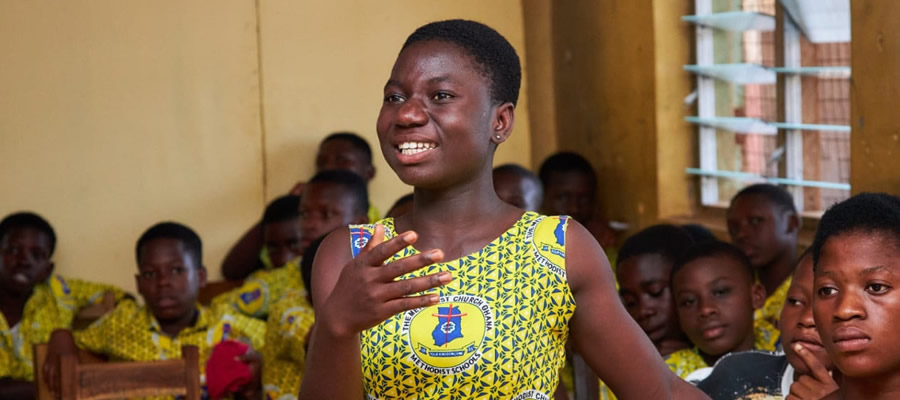

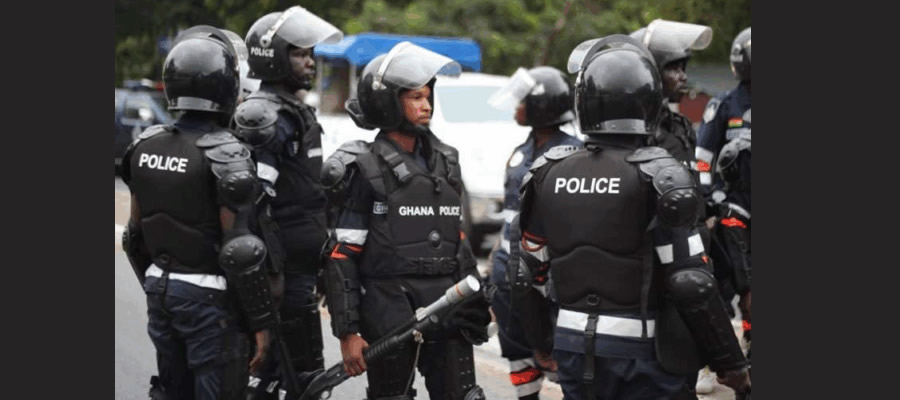
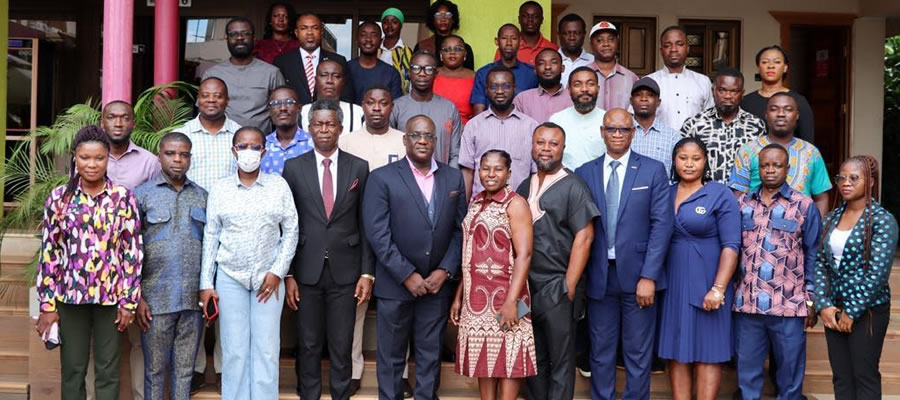
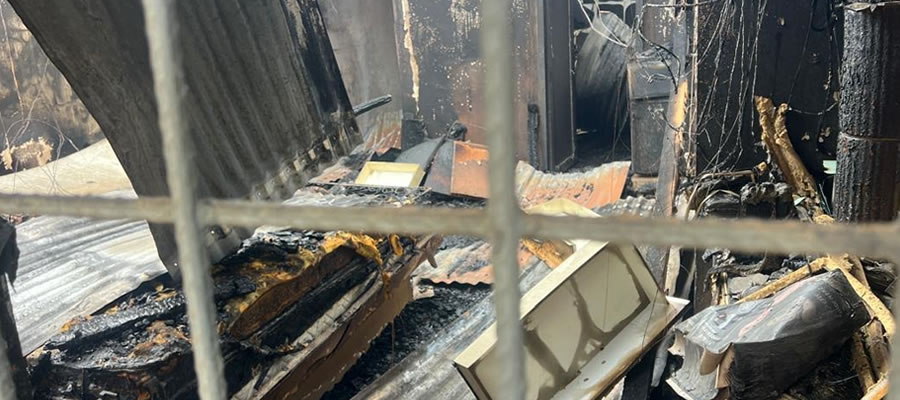

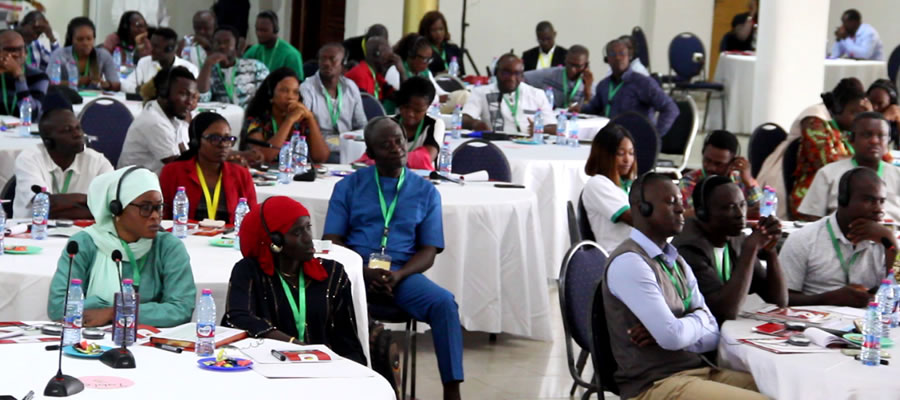



 facebook
facebook
 twitter
twitter
 Youtube
Youtube
 +233 593 831 280
+233 593 831 280 0800 430 430
0800 430 430 GPS: GE-231-4383
GPS: GE-231-4383 info@ghanadistricts.com
info@ghanadistricts.com Box GP1044, Accra, Ghana
Box GP1044, Accra, Ghana